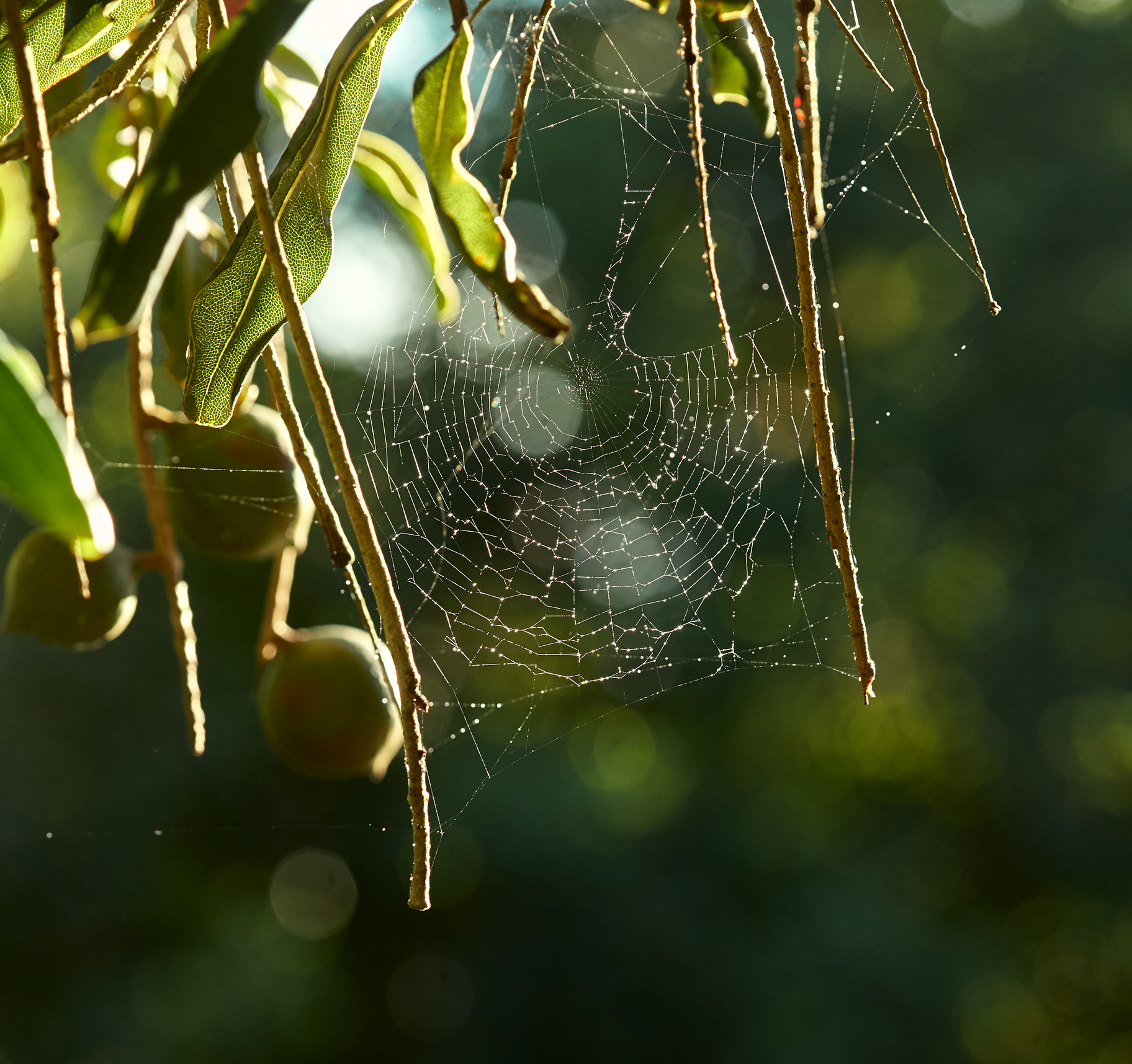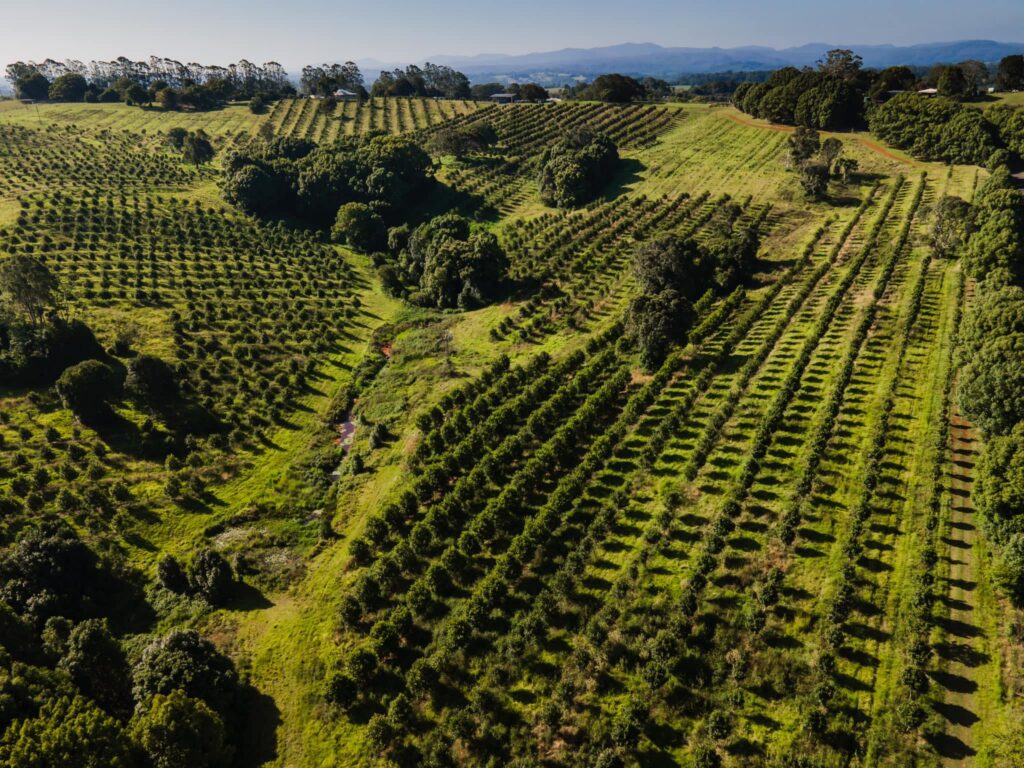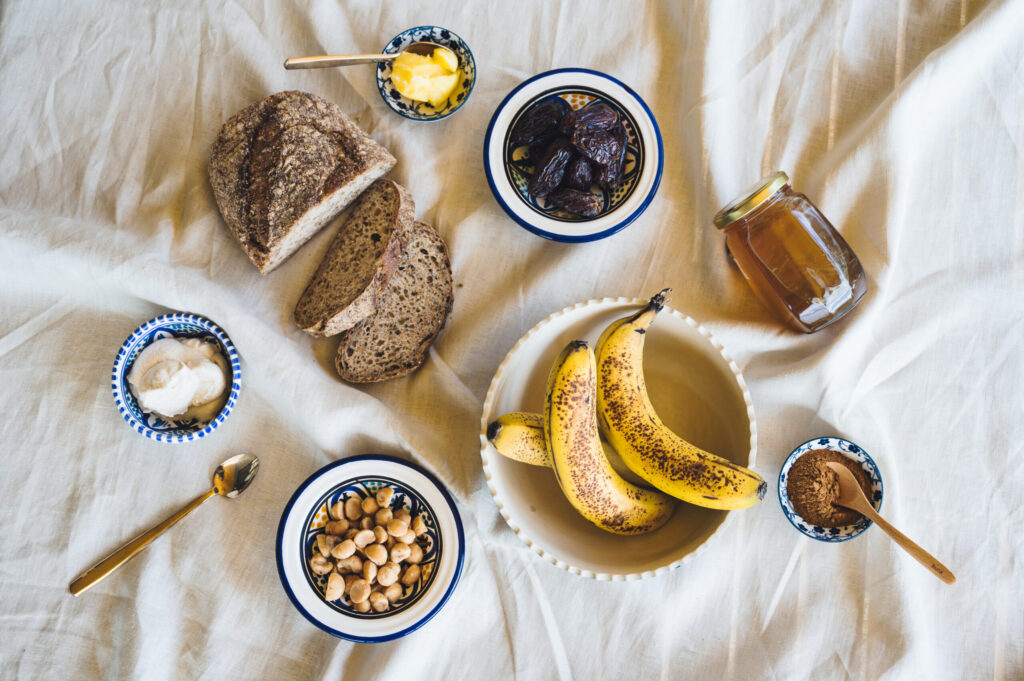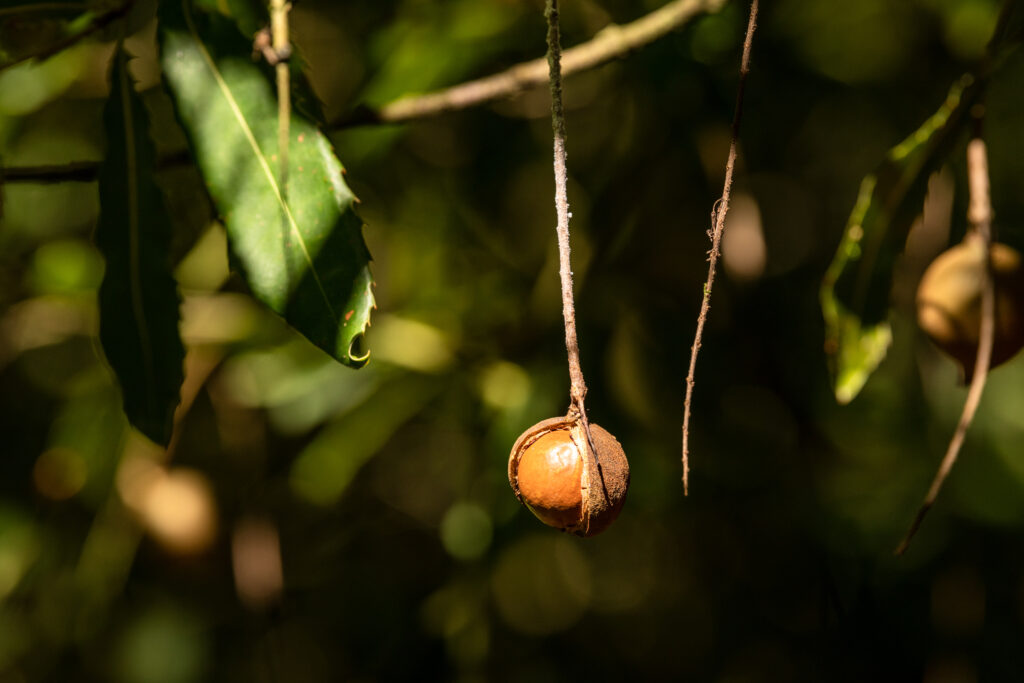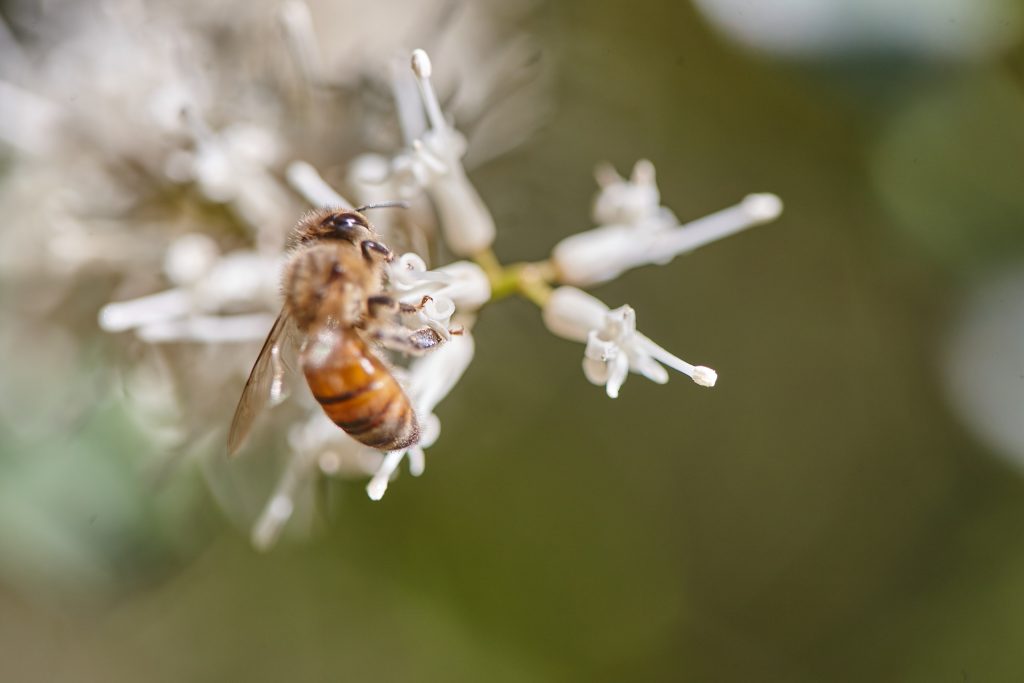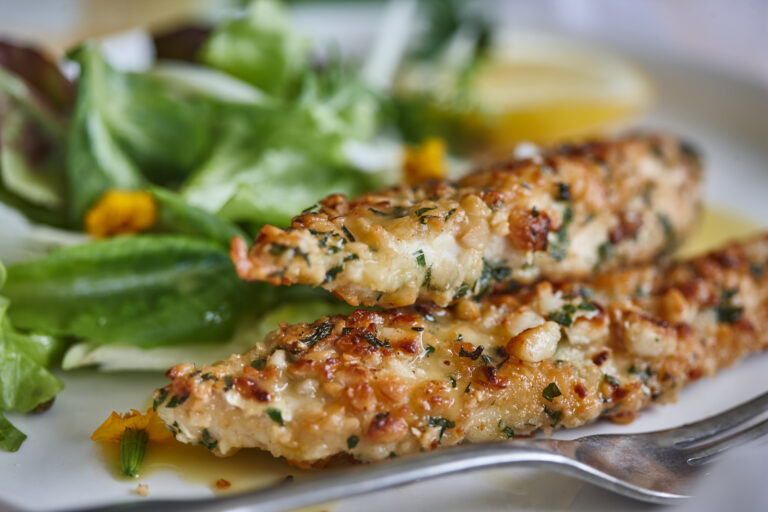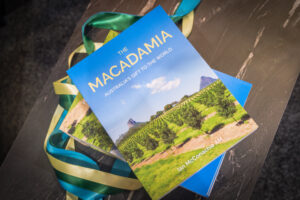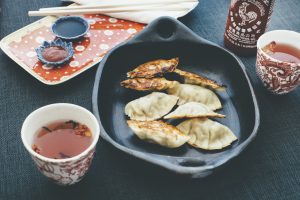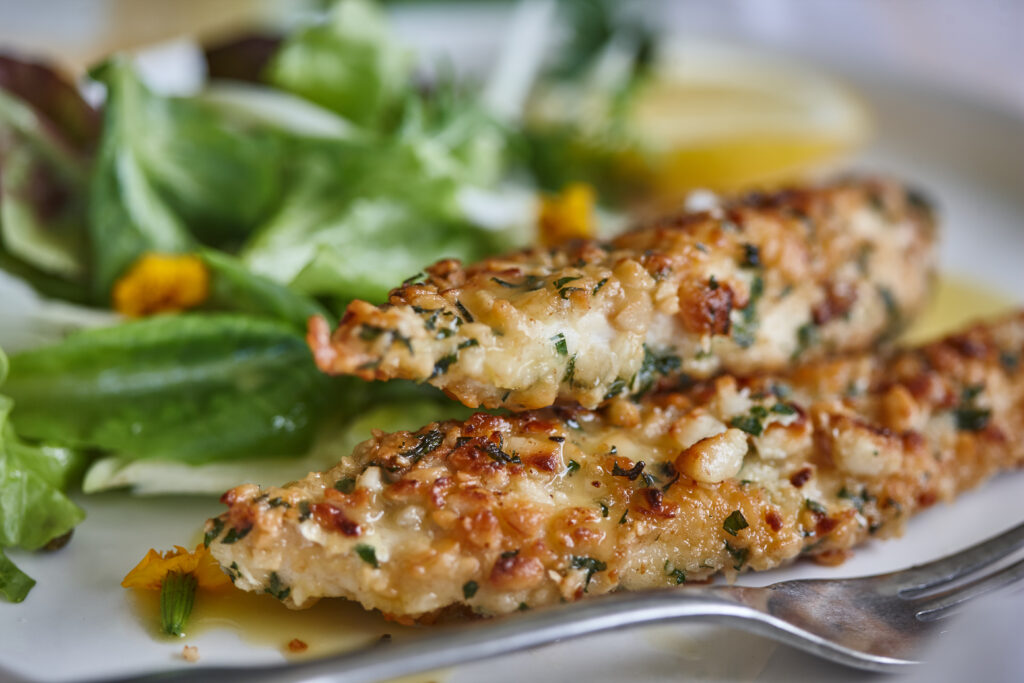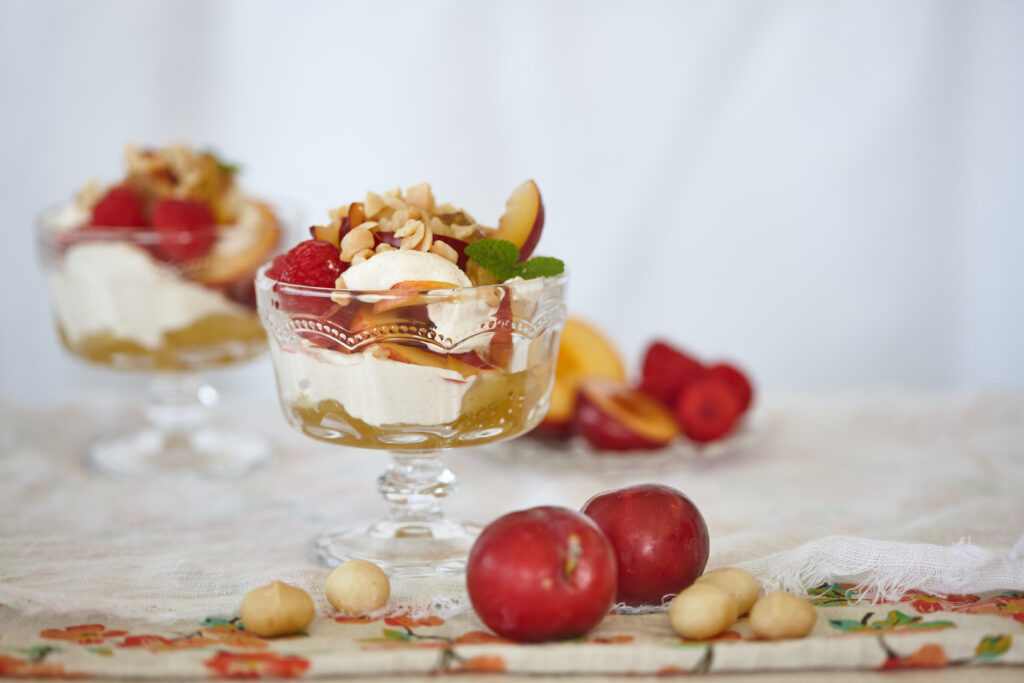Australian macadamia farmers pride themselves on their strong environmental farming practices.
One way that they lead the horticulture industry in caring for the environment is through using Integrated Pest Management on farms. What is it and why is it such a good choice for growers? Read on…
Integrated Pest Management
Known as IPM within the industry, integrated pest management is an environmentally sensitive, holistic way of controlling crop-damaging insects and plant diseases. When a grower practices IPM, they work through a hierarchy of options to eliminate the pest problems that are threatening their crop. This means their first choices for pest-control are environmentally safe, low-toxic ones and they actively avoid using chemicals to control pests on their farms.
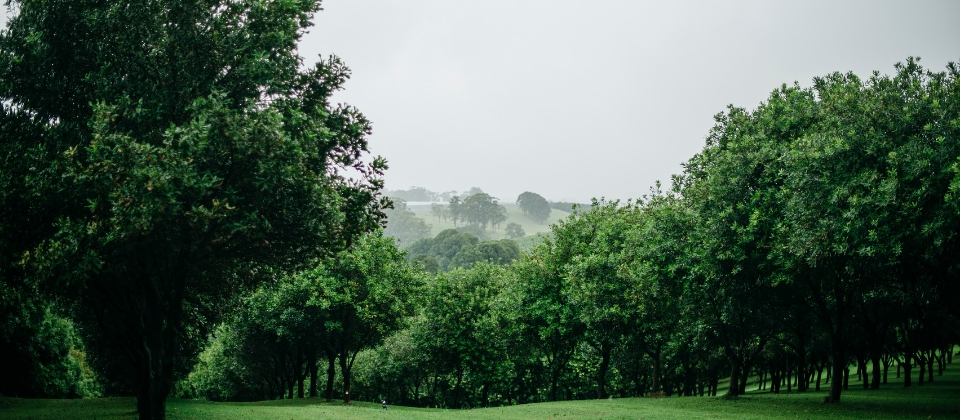
How does it work in practice?
If a grower identifies a particular insect pest threatening their crop, they look first at how they can make conditions around the farm less favourable to that insect. They might look for ways to change planting and cultivation to destroy the pest’s natural food, shelter and breeding habits. This is similar to what you might do if you notice a rise in mosquito numbers after a rainy day. You investigate your backyard, tip out any shallow containers that have collected water and serve as a breeding ground for the mossies then leave the containers upside down so that can’t happen again.
If this doesn’t work, farmers try physical controls like barriers and traps – or even physically removing the pests themselves. Sometimes a grower will start growing a different variety of plant that is resistant to the pest they’ve been having problems with.
Beneficial insects
A well known part of IPM also involves introducing beneficial insects into the orchard to prey upon the pest species. Like getting a cat in order to manage a mouse problem around your house, farmers bring in beneficial insects that are known to prey on the pest species they are having problems with. This biological control lets nature do the work on the farm so that a farmer doesn’t have to.
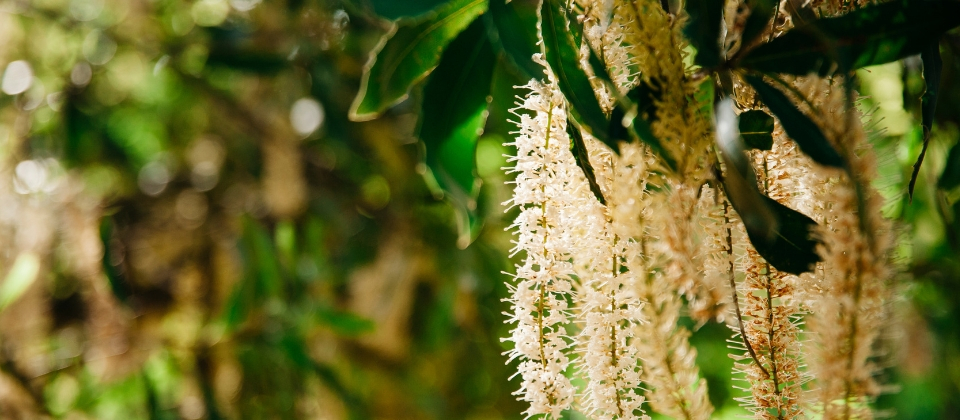
Success stories
The industry has invested heavily in the past few years to develop biological pest-control strategies and leads the horticulture industry in its applications. For instance:
- The Trichogramma wasp is now used by almost 70% of our farmers, helping to contain loss to nut borer and dramatically reducing the use of chemical sprays over the last decade.
- Native bees are used as a natural pollinator, protecting honey bee populations, which are under threat globally, and in turn protecting the industry’s long term investment
- Native barn owls are used to fight off rodents that consume our valuable crops. Many farmers now install nesting boxes in their orchards to encourage the owls to prey on any unwanted pests.
- We’re leading a new initiative to develop an environmentally friendly program to control fruit spotting bug – the most damaging pest of sub-tropical horticulture crops. Causing millions of dollars damage each year, it affects a range of horticultural crops from macadamias to avocados and lychees.
Put simply, Australian macadamia farmers love the country and the environment in which they farm, and that’s why they lead the industry in environmentally friendly, ‘green’ horticulture!
